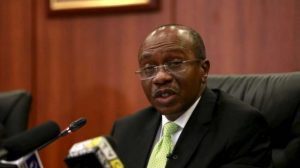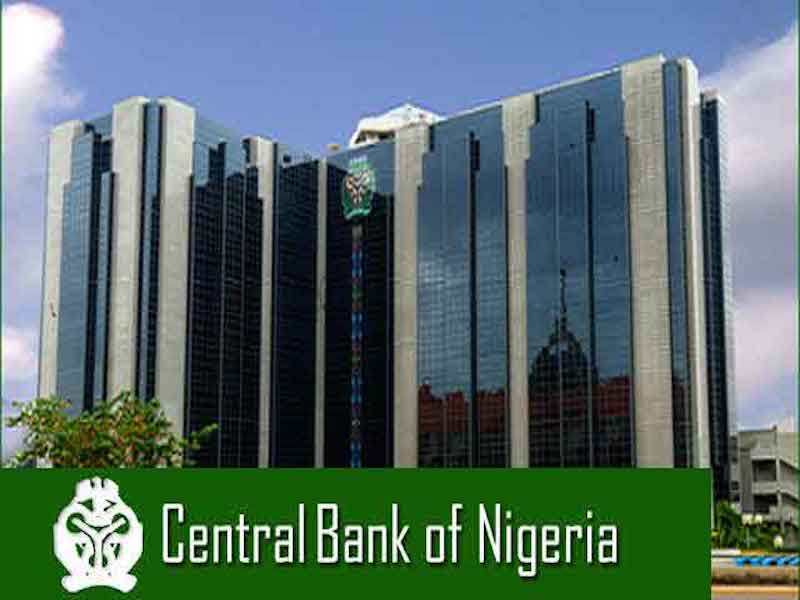 The Monetary Policy Committee of the Central Bank of Nigeria has reduced the Monetary Policy Rate (MPR) from 14% to 13.50%.
The Monetary Policy Committee of the Central Bank of Nigeria has reduced the Monetary Policy Rate (MPR) from 14% to 13.50%.
The committee, however, retained the Cash Reserve Ratio, (CRR) at 22.5%.
The decision was taken on Tuesday at the end the committee’s quarterly meeting.
The committee said the aim is to consolidate on existing economic growth.
It acknowledged moderation in all measures of inflation, sustainable external reserves and capital inflows into the economy as positive economic indicators.
The MPR, the rate at which the Central Bank of Nigeria lends to commercial banks, has been left steady at fourteen percent since July 2016.
Players in the real sector had criticised the move saying it has impacted negatively on lending rates.
Recall that the Cash Reserve Ratio in Nigeria averaged 12.04 percent from 2007 until 2019, reaching an all time high of 31 percent in May 2015 and a record low of 1 percent in April 2009.




